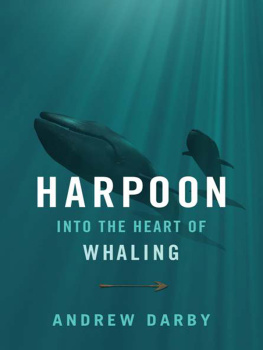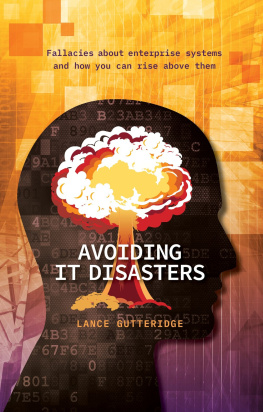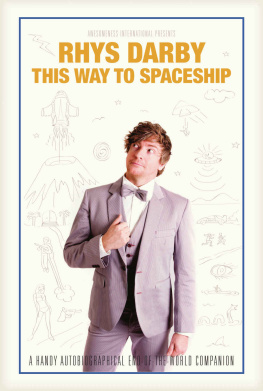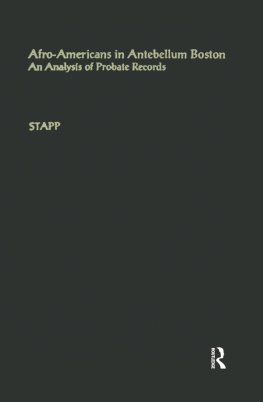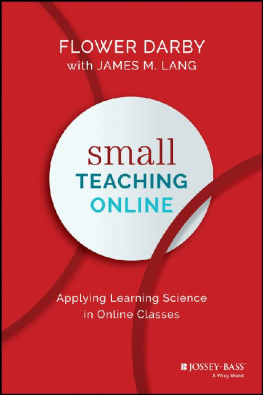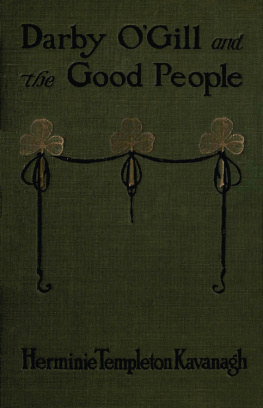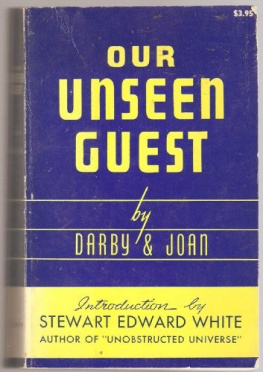AVOIDING ARCHAEOLOGICAL DISASTERS
AVOIDING ARCHAEOLOGICAL DISASTERS
A RISK MANAGEMENT APPROACH
DARBY C. STAPP AND JULIA G. LONGENECKER
with contributions by
Roderick Sprague,Thomas F. King,
Michael S. Burney, Mary Rossi, and Adrian Praetzellis
Illustrations by Anthony Smith
First published 2009 by Left Coast Press, Inc.
Published 2016 by Routledge
2 Park Square, Milton Park, Abingdon, Oxon OX14 4RN
711 Third Avenue, New York, NY 10017
Routledge is an imprint of the Taylor & Francis Group, an informa business
Copyright 2009 Taylor & Francis
All rights reserved. No part of this book may be reprinted or reproduced or utilised in any form or by any electronic, mechanical, or other means, now known or hereafter invented, including photocopying and recording, or in any information storage or retrieval system, without permission in writing from the publishers.
Notice:
Product or corporate names may be trademarks or registered trademarks, and are used only for identification and explanation without intent to infringe.
Library of Congress Cataloging-in-Publication Data is available.
Stapp, Darby C., 1954
Avoiding archaeological disasters : a risk management approach / Darby C. Stapp and Julia G. Longenecker ; with contributions by Roderick Sprague & [et al.].
p. cm. (Techniques and issues in cultural resources management)
Includes bibliographical references and index.
ISBN 978-1-59874-160-5 (hardback : alk. paper)
ISBN 978-1-59874-161-2 (pbk. : alk. paper)
1. Cultural propertyProtection. 2. Historic sitesConservation and restoration. 3.
Construction industryRisk management. 4. Project management. I. Longenecker, Julia
G. II. Title.
CC135.S73 2009
363.69dc22
200902884
ISBN 978-1-59874-160-5 (hbk)
ISBN 978-1-59874-161-2 (pbk)
Cover design by Andrew Brozyna
CONTENTS
by Roderick Sprague
, by Thomas F. King
, by Michael S. Burney
, by Darby C. Stapp
, by Mary Rossi
, by Adrian Praetzellis
What was that? the track hoe operator yelled as he pulled back the bucket.I dont know, probably rocks. Keep going, weve got to get this done today, snapped the supervisor. Digging continued, and minutes later, the back dirt pile was littered with wood and rocks, broken pottery, and bones. You better stop work, Joe; I have to call this in.
W e hear stories like this one time and time again. A construction project stops because of an archaeological discovery. Time stands still while the project proponents, archaeologists, bureaucrats, and concerned groups hold meeting after meeting to decide what to do next. Costs escalate, schedules evaporate, and people become frustrated, angry, and confused.
Archaeological discoveries during construction projects occur fairly frequently. Some unknown ancient Roman temple is discovered during construction in Naples, Italy, or a prehistoric cemetery is discovered during road construction in Phoenix, Arizona. Projects around the world routinely run into archaeological issues for one very good reason. Places that people choose to use today are often the same places people used in the past. Certain places are good places to live, and people keep coming back to them, from prehistoric times to the present. If your project is located in one of these places, odds are high that something will be discovered at some point during the life of the project.
Most archaeological situations are manageable; either nothing important is found within the project area, or if something is unexpectedly discovered during the planning phase or even during construction, the parties involved are able to figure out how to manage the situation and get the project back on track. There are times, however, when these situations are mismanaged, and this breakdown can lead to chaos. Common causes of mismanagement include:
project managers ignore recommendations to conduct archaeological and historical assessments before purchasing a development site
project managers fail to contact archaeological oversight agencies to seek their impressions and recommendations
project managers contract with archaeological firms that fail to perform
and project managers fail to consult with indigenous groups and other interested parties who may have concerns about disturbing the project area.
But project managers are not always to blame. Sometimes archaeologists make bad calls, sometimes archaeological regulators do not give a project enough attention, and sometimes outside parties are not helpful. The focus in this book, however, is on the actions that project personnel themselves can take to avoid an archaeological problem. We have written this book for project managers, project engineers, construction managers, agency personnel, and archaeological consultants involved in large construction projects. Our goal is to provide enough information and enough archaeological perspective to allow the various parties involved in a project to work intelligently with one another.
To help manage an archaeological situation, we present an approach based on risk management principles common to the engineering and construction industries. The approach is straightforward and not especially costly. We explain how to incorporate these archaeological risk management principles into your project and provide the necessary tools to perform the assessments. The approach is flexible enough to be applied to almost any project in any location.
W e have seen many projects succeed and fail in the last 30 years. Each has been a learning experience, and we want to thank the many people whom we have had the pleasure to learn from over the years. We especially want to thank those who have participated in the development of this book. This includes six top cultural resource management professionals who prepared material for the book: Garth Baldwin (Bellingham, Washington), Michael Burney (Taos, New Mexico), Thomas King (Alexandria, Virginia), Adrian Praetzellis (Sacramento, California), Mary Rossi (Bellingham, Washington), and Roderick Sprague (Moscow, Idaho). Many others assisted by reviewing the manuscript at various stages. Providing helpful comments on the entire manuscript were several non-archaeological colleagues who work on construction projects: Roger Wright (Pasco, Washington), Jim Frederickson (Richland, Washington), Marv Kinney (Kennewick, Washington), Paul Michalak (Maryland), and Ron Schalla (Kennewick, Washington). Archaeologists who reviewed the manuscript include Michael Burney (Taos, New Mexico), Caryn Berg (Denver, Colorado), and an anonymous reviewer for Left Coast Press. Those who assisted with the effort to apply risk management principles to archaeological settings include Pat Baynes, Andy Hesser, and Mark Triplett (Richland, Washington), and Richard Badalamente (Kennewick, Washington). We also thank Anthony Smith (Lapwai, Idaho) for designing and producing the figures; Kara Pittman (Pasco, Washington) for general comments and assistance in preparing the appendixes; and Thomas Stapp (Richland, Washington) for helping collect information for . Finally, we are very appreciative of Left Coast Press for publishing our work. We thank Mitch Allen, publisher; Jennifer Collier, senior editor; Caryn Berg, series editor; production editor Carol Leyba, and the Left Coast Press production crew.







